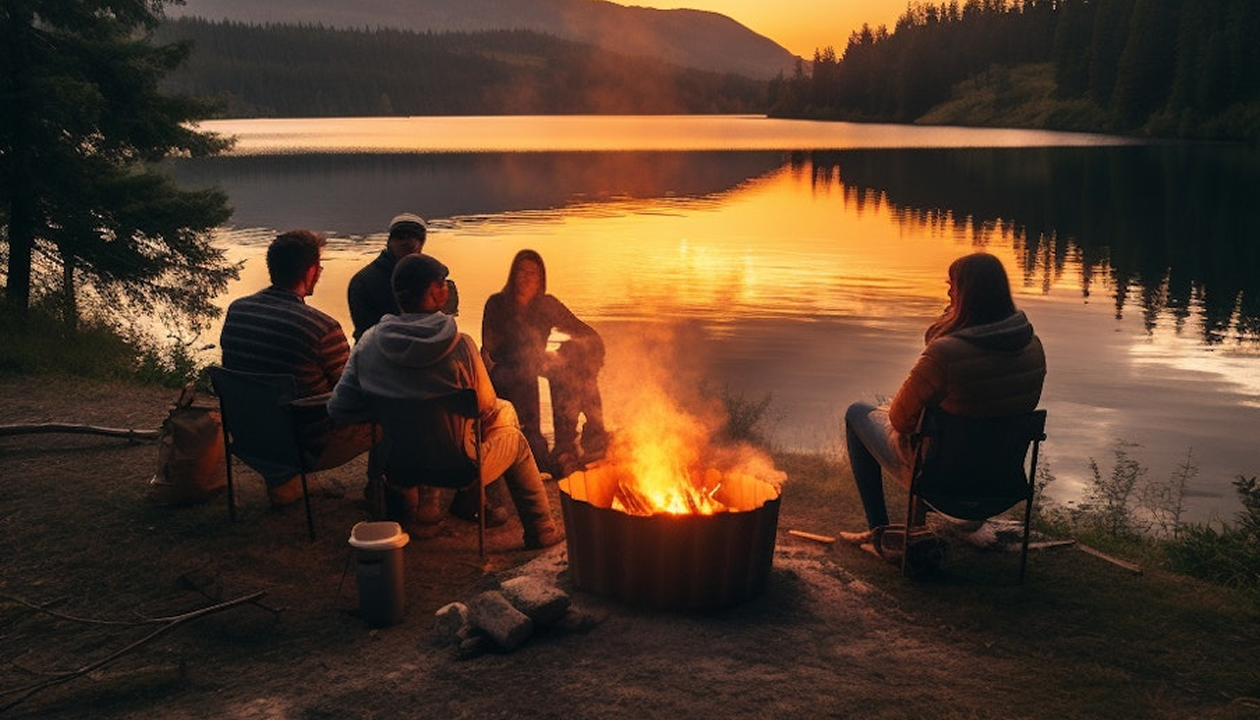
Since the earliest days of human settlement, stories have tied people to the lands they call home. Long before maps and official borders, folk tales offered meaning to the rivers, forests, valleys, and stones that shaped daily life. These stories weren’t simply entertainment — they were a way for communities to pass wisdom, track seasonal patterns, and remember their ancestors.
In these old tales, mountains became sleeping giants, springs held the laughter of water spirits, and birds carried messages from the ancestors. Storytelling was a way to explain natural mysteries — why the river floods, when the first snow would fall, or what dangers lurked in the deep woods.
Every bioregion shaped its own mythology. A tale born in a dry desert would differ wildly from one whispered beneath ancient trees. These stories carried lessons: how to respect nature, survive within it, and honor its cycles.

Folk tales were rarely written down. They thrived in the voices of elders, mothers, and wanderers — passed by firelight, in kitchens, or while gathering herbs. Stories adapted with each telling, shaped by the teller’s memory and the mood of the moment.
Many stories carried warnings: which plants were poisonous, when animals migrated, or how to treat sacred places. Others taught moral lessons about courage, greed, hospitality, and humility.
Though many regional stories were forgotten during the spread of modern life and industrial culture, they’re quietly being revived. Folklorists, community leaders, and storytellers are recovering old legends and sharing them in new ways.
Storytelling circles, walking tours, and small festivals are becoming spaces for these tales to breathe again. They remind us of the old names of rivers, the spirits of hills, and the wisdom carried by natural cycles.
